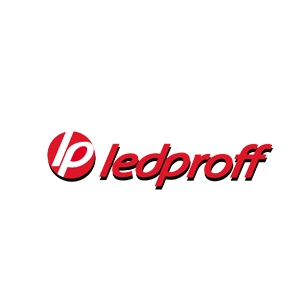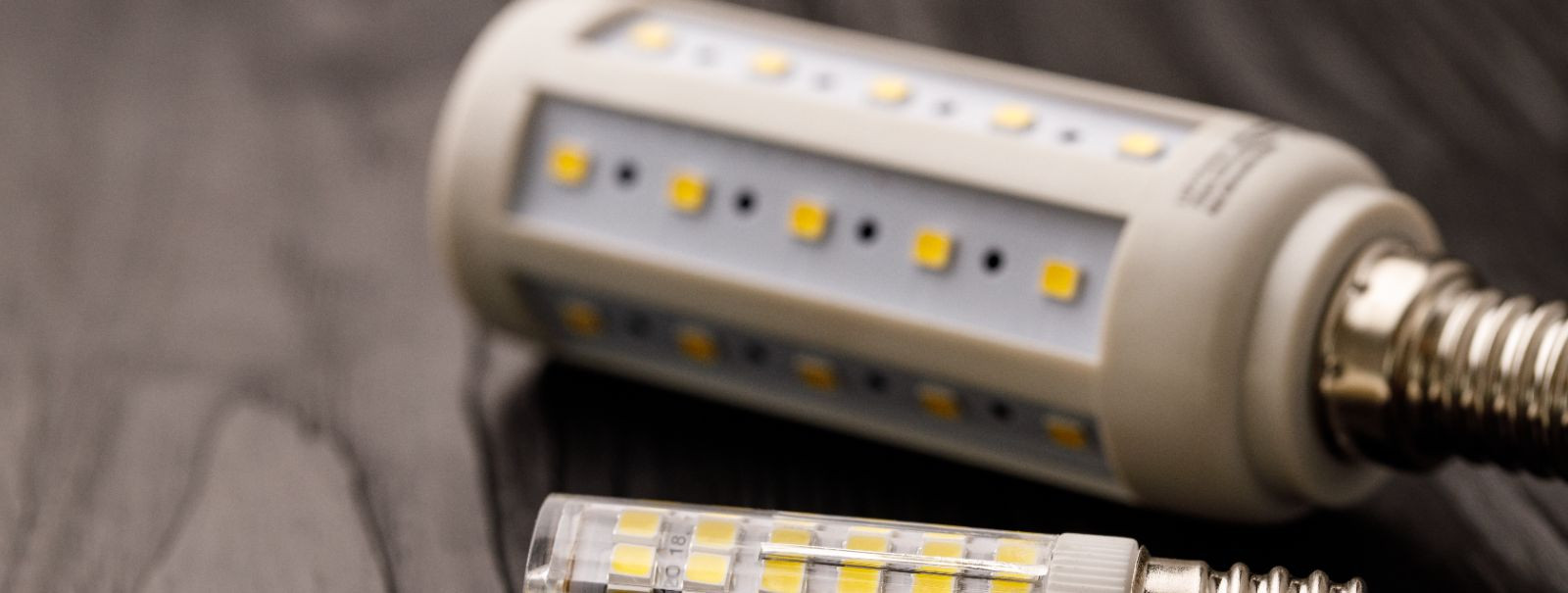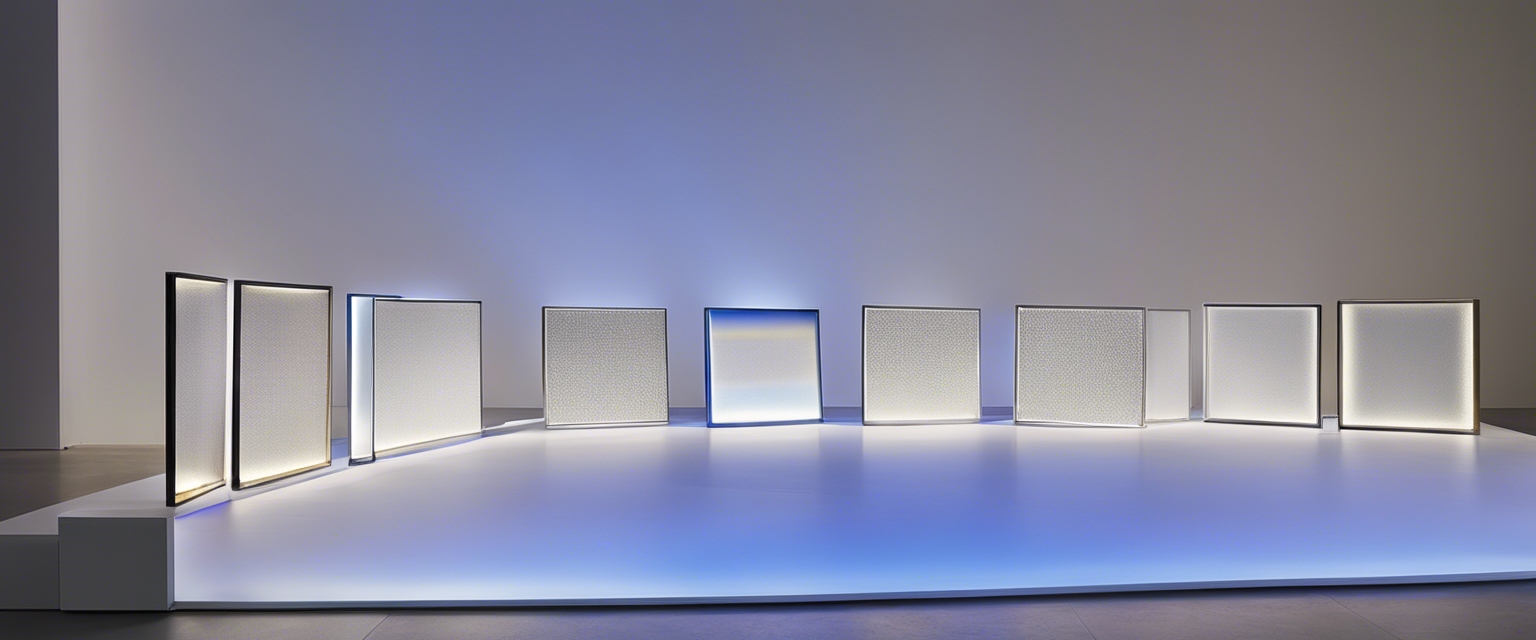The future of lighting: trends in led technology
Light Emitting Diodes (LEDs) have revolutionized the way we illuminate our world. As a semiconductor light source, LEDs offer unparalleled efficiency and longevity compared to traditional incandescent and fluorescent bulbs. This technology has rapidly evolved, becoming the cornerstone of modern lighting solutions.
LEDs boast a myriad of benefits including lower energy consumption, longer lifespan, improved durability, and reduced maintenance costs. Their versatility allows for a wide range of applications, from residential to industrial settings, making them a superior choice for environmentally conscious consumers and businesses.
Current Trends in LED Technology
Today's LED technology focuses on energy efficiency and sustainability. Manufacturers are pushing the boundaries to create LEDs that consume even less power while delivering superior light quality. This trend is driven by global efforts to reduce energy consumption and carbon emissions.
Smart lighting systems that integrate LEDs are becoming increasingly popular. These systems can be controlled remotely via smartphones or voice-activated devices, offering convenience and energy savings through features like dimming, color changing, and scheduling.
Human-centric lighting (HCL) is an emerging trend that aims to improve health and well-being by mimicking natural light patterns. LEDs are at the forefront of this movement, with the ability to adjust color temperatures and intensity to align with the human circadian rhythm.
Color rendering index (CRI) is a crucial factor in lighting, and LED manufacturers are improving the CRI of their products to provide more natural and accurate color representation. This is particularly important in settings where color differentiation is key, such as retail and art galleries.
The miniaturization of LED components is enabling the creation of more compact and flexible lighting solutions. This trend is opening up new possibilities for LED integration into modern architecture and design.
The Impact of LED Technology on Various Sectors
In the residential sector, LEDs are replacing traditional bulbs, offering homeowners significant energy savings and customization options. Smart home ecosystems are increasingly incorporating LED lighting for its adaptability and efficiency.
Commercial and industrial spaces are benefiting from LED lighting through reduced operational costs and improved worker productivity. High-bay LEDs, for example, are providing brighter and more uniform lighting for warehouses and factories.
The automotive industry is utilizing LED technology for its low power consumption and design flexibility. LED headlights provide better visibility and have become a standard in new vehicle design.
Innovations Shaping the Future of LED Lighting
Organic LEDs (OLEDs) represent the next generation of LED technology. With their thin, flexible form factor, OLEDs are paving the way for innovative lighting designs and applications, including transparent and curved light sources.
Li-Fi technology, which uses light to transmit data, is a cutting-edge development that could transform LEDs into a new medium for high-speed internet connectivity, further expanding their functionality beyond illumination.
The advent of flexible and wearable LED technology is creating new opportunities for personal and portable lighting solutions. This innovation has the potential to revolutionize the way we interact with light in our daily lives.
LEDs are increasingly being paired with renewable energy sources such as solar and wind power. This synergy is leading to self-sustaining lighting systems that are both eco-friendly and cost-effective, marking a significant step towards a greener future.






Comments (0)